Olm eggs: Scientists await once-in-a-decade hatching of 'little dragons' at Postojna Cave

Tourists are flocking to south west Slovenia in order to get a glimpse of a phenomenon in the shape of 55 olm eggs, to see whether or not they hatch deep in a cave in Postojna.
Otherwise known as 'baby dragons', the olm, or specifically blind salamander, which laid the eggs, has been guarding them ferociously. However we will have to hang around for another four months to see if the hatching actually takes place.
Given the moniker because of their small, snake-like bodies, the olm only lays eggs once every decade, so biologists are excited to see this marvel in action. If the eggs do hatch, the offspring can expect to live for up to 100 years.
The cave is a major tourist attraction in the country, with millions visiting every year and the hatching first came to light on 30 January, when one of the tour guides noticed a single olm egg. Since then, the number has increased to 55.
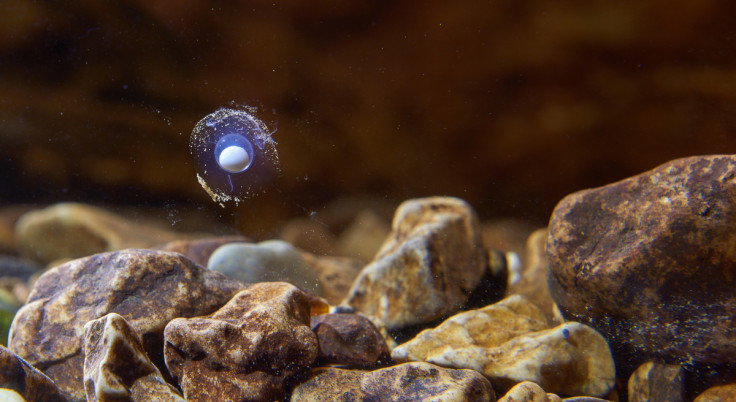
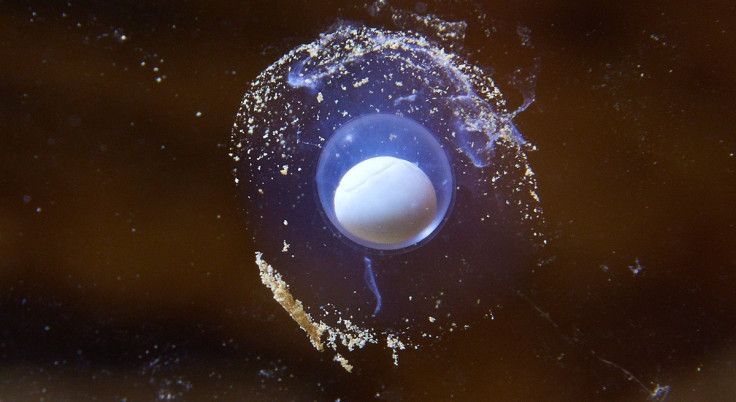
The olm is listed as 'vulnerable' on the IUCN Red List Of Threatened Species, so biologists have been paying particular attention to the development of the eggs in Postojna Cave, and experts say they have started to notice the first signs of development already.
"[We saw] what we had waited and hoped for all along – the olms' embryonic development with visible cell division," said biologists Lilijana Bizjak Mali on the Postojna website. "To put it simply: it looks like the little 'dragons' are growing."
Usually, olm eggs take about 120 days to hatch in a water temperature of 11 degrees Celsius. But with the water in the cave measuring two degrees Celsius colder, biologists say it could take even longer.
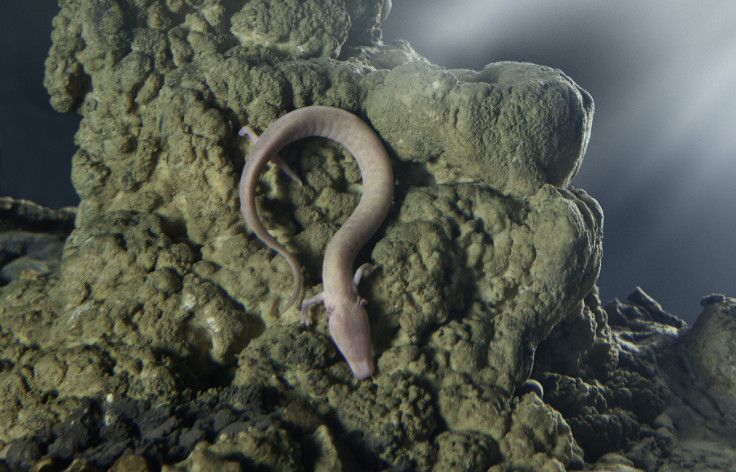
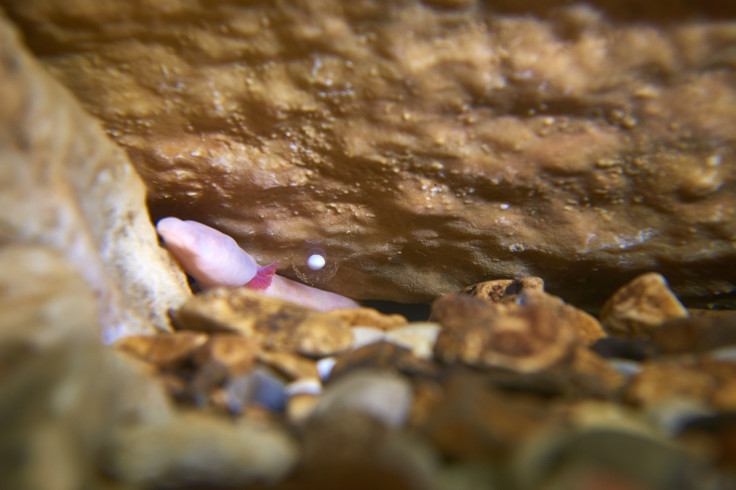
But the incubation period is fraught with danger, scientists say, as other species within the cave such as small crustaceans and amphipods have started to target the eggs, seeing them as an appetising meal. Luckily however, the olm mother has thus far managed to scare them off. Despite being blind, its eyes are hyper sensitive to light, and the creature can tell when an intruder is approaching.
Biologists are busy at work creating a safe haven for the mother and her eggs, but scientists are still unsure as to how many of the 55 eggs will hatch. Current estimations put the figure at only three.
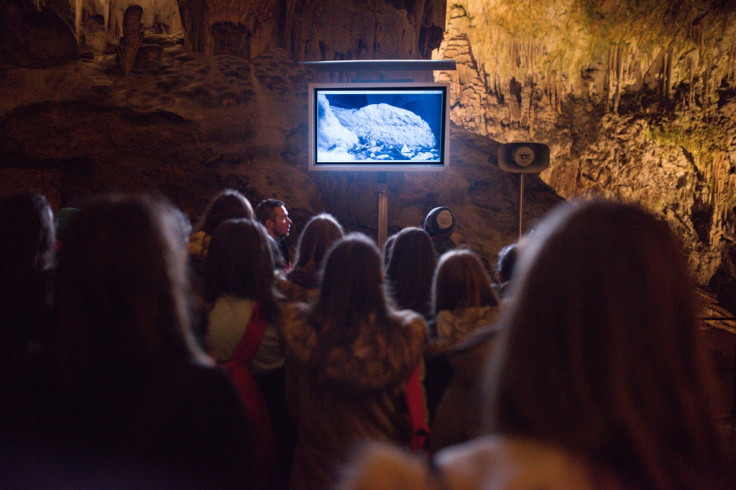
"Let's keep our fingers crossed for the olms," wrote the biologists.
© Copyright IBTimes 2025. All rights reserved.






















